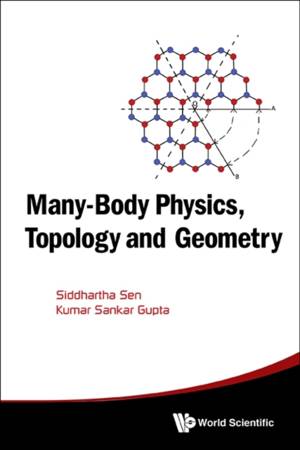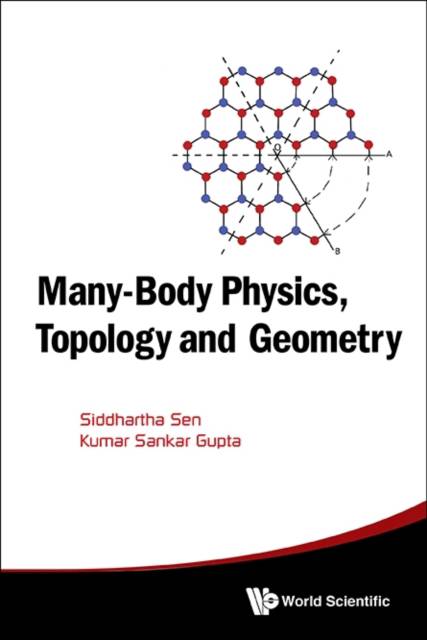
- Afhalen na 1 uur in een winkel met voorraad
- Gratis thuislevering in België vanaf € 30
- Ruim aanbod met 7 miljoen producten
- Afhalen na 1 uur in een winkel met voorraad
- Gratis thuislevering in België vanaf € 30
- Ruim aanbod met 7 miljoen producten
Zoeken
€ 106,95
+ 213 punten
Omschrijving
The book explains concepts and ideas of mathematics and physics that are relevant for advanced students and researchers of condensed matter physics. With this aim, a brief intuitive introduction to many-body theory is given as a powerful qualitative tool for understanding complex systems. The important emergent concept of a quasiparticle is then introduced as a way to reduce a many-body problem to a single particle quantum problem. Examples of quasiparticles in graphene, superconductors, superfluids and in a topological insulator on a superconductor are discussed.The mathematical idea of self-adjoint extension, which allows short distance information to be included in an effective long distance theory through boundary conditions, is introduced through simple examples and then applied extensively to analyse and predict new physical consequences for graphene.The mathematical discipline of topology is introduced in an intuitive way and is then combined with the methods of differential geometry to show how the emergence of gapless states can be understood. Practical ways of carrying out topological calculations are described.
Specificaties
Betrokkenen
- Auteur(s):
- Uitgeverij:
Inhoud
- Aantal bladzijden:
- 220
- Taal:
- Engels
Eigenschappen
- Productcode (EAN):
- 9789814678162
- Verschijningsdatum:
- 11/08/2015
- Uitvoering:
- Hardcover
- Formaat:
- Genaaid
- Afmetingen:
- 158 mm x 235 mm
- Gewicht:
- 521 g

Alleen bij Standaard Boekhandel
+ 213 punten op je klantenkaart van Standaard Boekhandel
Beoordelingen
We publiceren alleen reviews die voldoen aan de voorwaarden voor reviews. Bekijk onze voorwaarden voor reviews.








